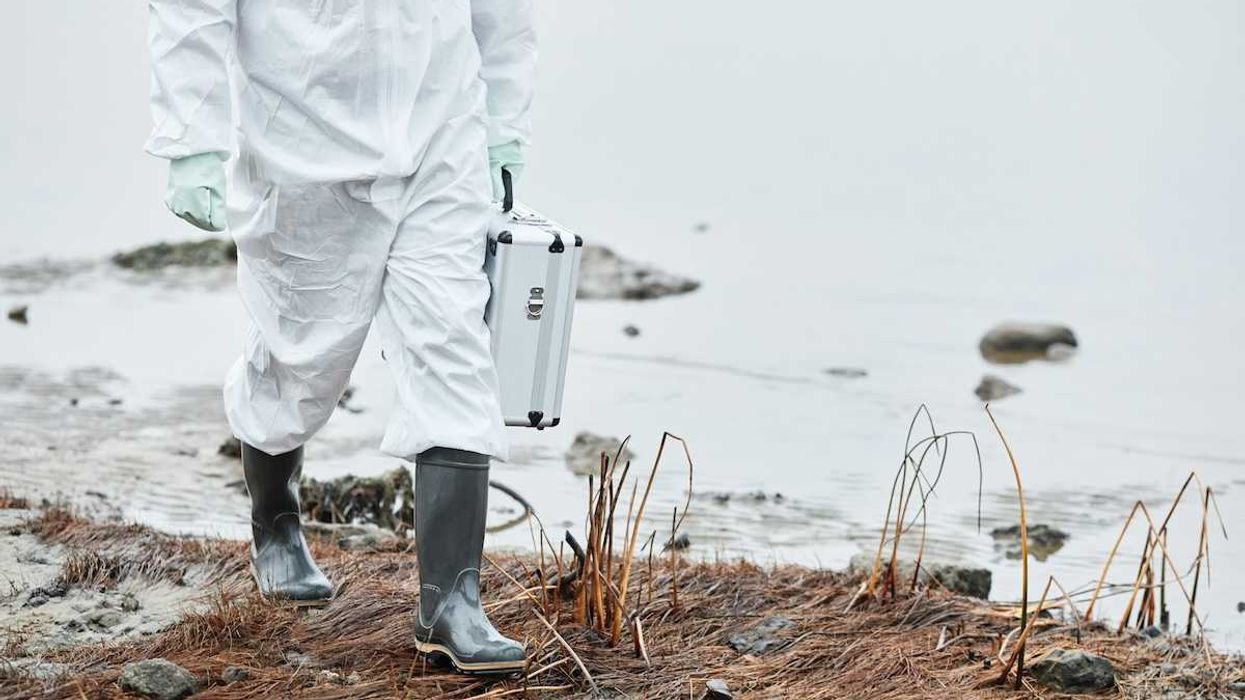A class of insecticides known as neonicotinoids, used widely in agriculture and landscaping, is contaminating Michigan waterways at levels that threaten aquatic life and raise concerns about human exposure.
Garret Ellison reports for MLive.
In short:
- Michigan regulators have detected widespread contamination from neonicotinoids — particularly imidacloprid, clothianidin, and thiamethoxam — in rivers and creeks near corn and soybean fields, as well as in urban watersheds.
- State monitoring shows neonic levels frequently exceed aquatic life protection thresholds, prompting new water quality standards and plans to label some streams as “impaired.”
- Though some states have restricted neonic use, Michigan has not passed a statewide ban. Advocates blame political pressure from industry for blocking proposed legislation.
Key quote:
“The result is that you get what are maybe the most ecologically damaging pesticides that we’ve seen since DDT, sort of at a ‘Silent Spring’ level.”
— Daniel Raichel, attorney, Natural Resources Defense Council
Why this matters:
Neonicotinoids seep into soil and water, harming the insects that sustain fish and bird populations. Their water solubility means they wash easily from farm fields into streams, where they disrupt aquatic food webs. Midges and mayflies, essential for fish like trout and bass, are especially sensitive. While these chemicals don’t build up in fish or humans the way PCBs or mercury do, they’re still showing up in urine samples across the U.S., and early studies link exposure to developmental and reproductive problems. Like PFAS, neonics often slip through standard water treatment. Their growing presence in both rural and urban waterways underscores a regulatory system struggling to keep up with persistent, harmful chemicals.
Related: Midwest butterfly decline tied to insecticides, study finds
















